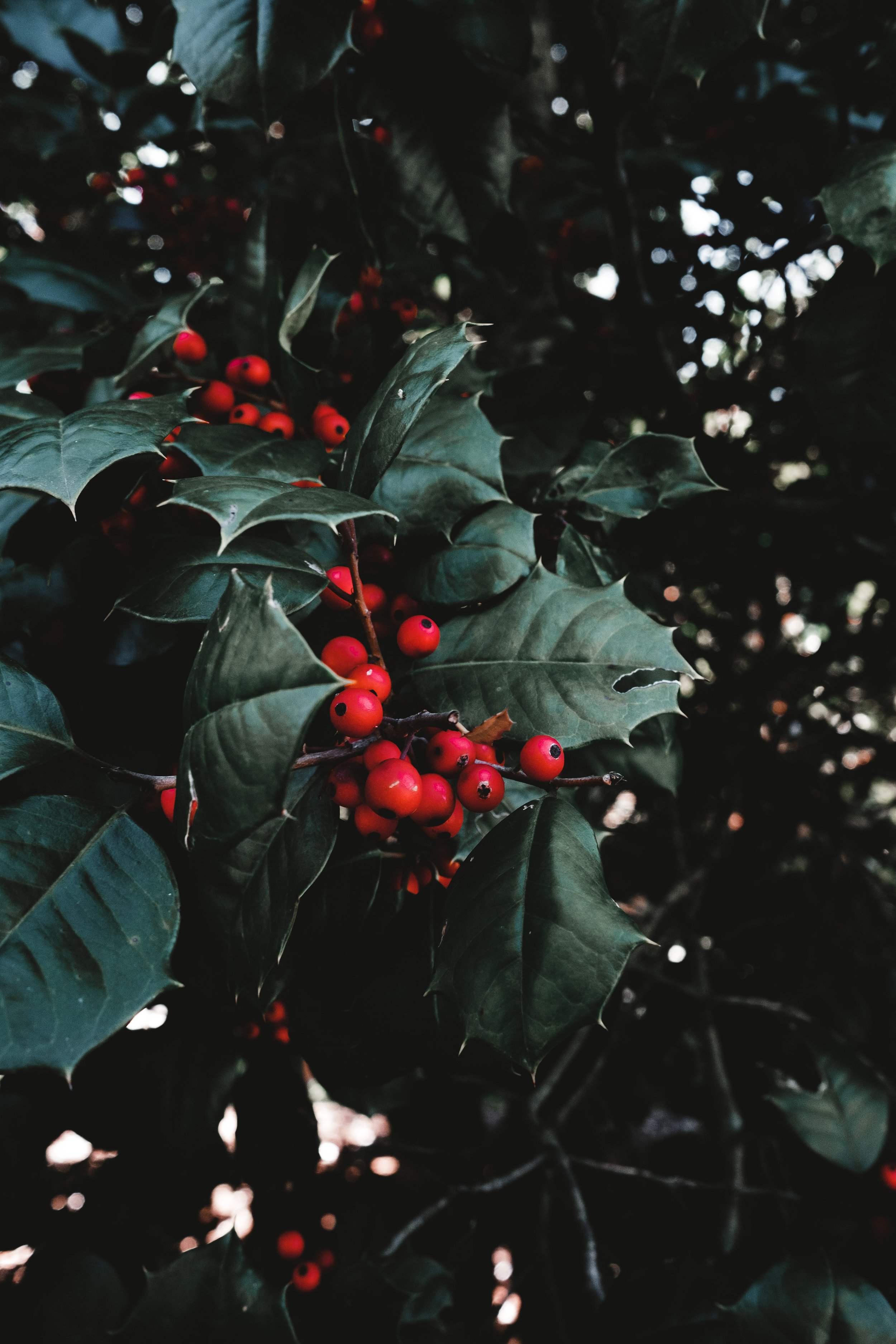Yule - A journey through the magical celebrations of the Celtic tradition.
The Wheel of the Year celebrations is a tradition of several ancestral peoples, mainly associated with the Celts.
The Celts were a community intimately connected to the natural elements, so their seasonal festivals celebrated Mother Nature's cycles and transformations.
For them, time did not follow the same linear path we believe today: the past, present, and future existed in the same space and, in some magical moments, could touch each other.
The most common Sabbat (holidays) to celebrate are the four main ones: Samhain, Imbolc, Beltane, and Lammas, associated with the different seasons of the year. However, four others comprise solstices and equinoxes: Yule, Ostara, Litha, and Mabon.
Yule is associated with the Winter Solstice, so in the northern hemisphere, this Sabbat is celebrated around December 21st.
Yule Traditions and Symbols
When the days got shorter and colder, candles and bonfires were lit, and everyone gathered to lure the sun back. Everyone brought food and enjoyed the feast during the festival. They danced, sang, and decorated their homes. These traditions are very similar to what we call Christmas.
Evergreen: the symbol of renewal
They were cut up and taken home. They symbolized rebirth and renewal and were believed to have power over death and also encouraged the return of the sun as their green never faded.
Holly: the symbol of hope
This was used to decorate doors, fireplaces, and windows, as it was believed to ward off evil spirits before they entered their homes. It also represented the masculine element, with the leaves symbolizing hope and the red berries' potency.
Mistletoe: the symbol of fertility
The green leaves were believed to represent the fertility of the Mother Goddess, and the white berries were the seed of the God of the Forest. The branches were hung on doors as protection against evil and used as a fertility amulet at the head of the bed.
Tree: the symbol of life
The Yule tree represents the tree of life. They were decorated with natural ornaments (berries, pine cones, and fruits), sacred symbols for the gods.
Log: honor and protection
In Celtic tradition, continuous fire is kept to prevent spirits from entering the house. For the fire to continue, large oaks were cut down to be the first to burn. It was believed that the faster it burned, the faster the sun would come to warm the earth.
This festival was later included, along with other pagan celebrations, in the Christian holiday. Some modern celebrations try to recreate ancient traditions, while others have adapted to contemporary practices.
Would you like to know more about the Wheel of the Year?
In Cerdeira Village, we also flow with the cycles of the year. This year we held our first Samhain celebration in October, and we are already preparing Imbolc, celebrated on February 1st with the arrival of the first signs of spring.

